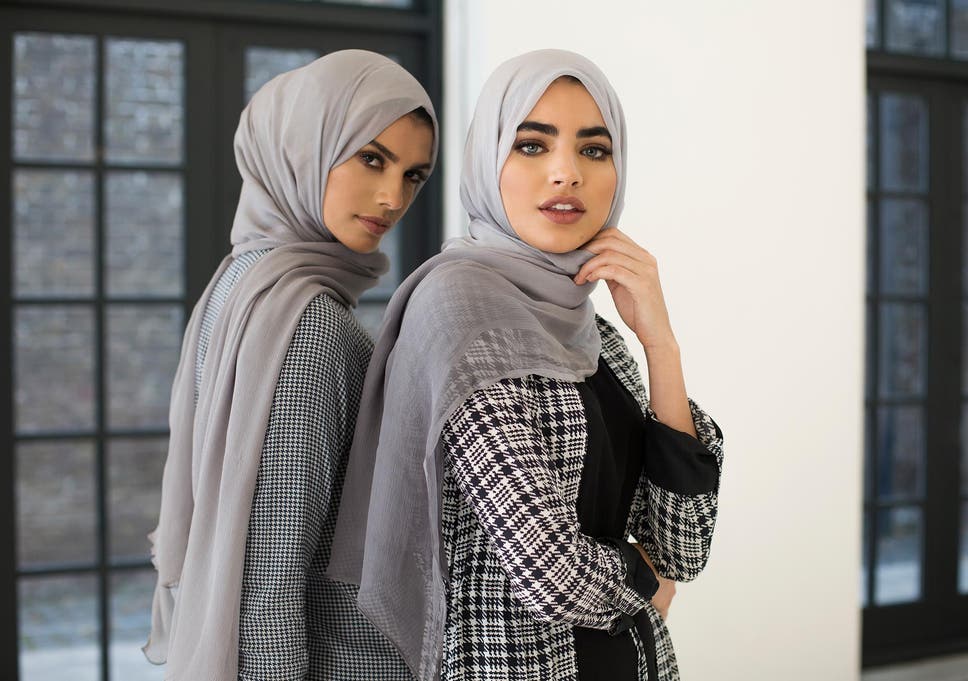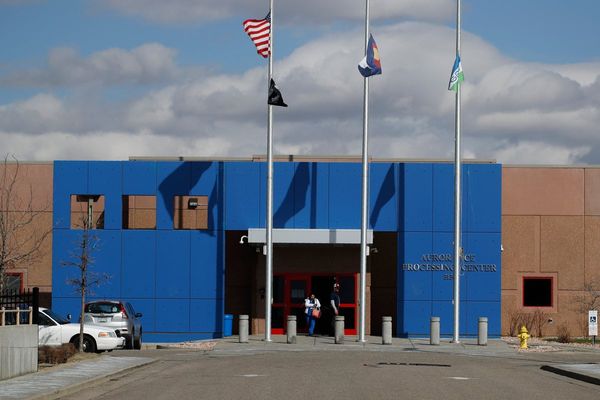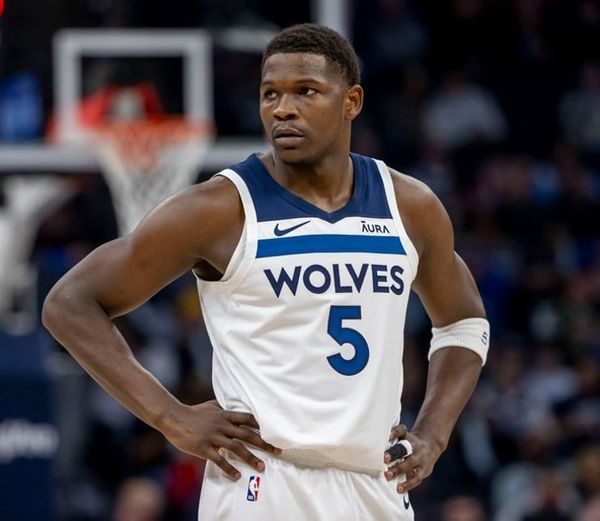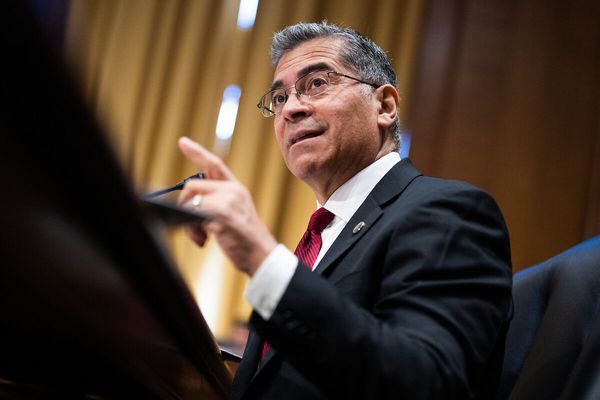
While dressing conservatively might seem at odds with the latest fashion trends - think Saint Laurent's plunging necklines and Jacquemus' short-shorts - more considered and covered looks are increasingly becoming popular in fashion.
A quick search of modest fashion on Google produces around 149m results, while Pinterest UK reports that searches for the term are up 500 per cent since the beginning of 2019.
What’s more, the global modest fashion market is already reportedly worth billions and this figure is only set to rise.
By 2020, the State of the Global Islamic Economy predicts that the market could be worth more than £226bn.
From YouTube videos to high-street collections and designer catwalks, modest fashion is everywhere.
But, what exactly is it and why has it become so popular?
Here, we take a look at everything you need to know.
What does “modest fashion” mean?
The term modest fashion can be interpreted a number of different ways. However, it is typically used to describe clothing that conceals rather than accentuates the shape of the body.
The clothing can include hijabs and burqas, as well as tops, trousers, jackets and dresses that feature a modest cut.
While the decision to wear this type of clothing can be due to religious or cultural reasons, it can also be worn to attain a more modest aesthetic.
How did it become so popular?
The rise of modest fashion, specifically in the case of young religious women, was born through the need for more fashionable clothing options.
A growing number of Muslim designers and social media stars decided to fill gaps that they have spotted in the market, using their platform to gain influence and set up online stores.
Instagram is flooded with modest fashion influencers, including the likes of Maria Alia and Habiba da Silva to Dian Pelangi. Pelangi, who boasts almost 5m followers on the photo-sharing app, has been dubbed a "tour de force in the global Muslim fashion scene and beyond" by the Business of Fashion,holding fashion shows in Britain, France, Germany, Holland, Australia, Dubai, Egypt, Kuwait and Jordan.
She is also brand ambassador for Wardah Beauty cosmetics and even published her own book, Hijab Street Style, in 2012; a visual street-style collection of Muslim women who have inspired the entrepreneur.
“Today, individuality is celebrated and again social media has been a key platform for people to express their individuality,” Altaf Alim, the co-founder commercial director of Aab, a modest fashion brand that launched in 2007, previously told The Independent.
“What was available was either frumpy or boring and this is really how the industry came about. It’s fair to say it started out as a cottage industry with designers making dresses with a modest silhouette but with personality.
“Today there is lot’s of choice from independent designers right through to the high street. Consumer choice is always a good thing.”
Why is the mainstream fashion industry talking about it?
An industry that’s rising in popularity and simultaneously trying to eradicate stereotypes, it’s evident that there is financial gain to be had when it comes to modest fashion.
But, its reach extends far beyond just facts and figures.
Over the years, more mainstream fashion brands have also responded to customer demand, launching modest fashion lines of their own and making efforts to make their campaigns more inclusive.
In 2014, DKNY marketed a Ramadan collection of existing pieces that were suitable for modest dressers, while in 2015 H&M featured its first hijab-wearing model, Mariah Idrissi.
In recent years, models of a Muslim faith, such as 20-year-old Halima Aden, have been showing the world that women who wear hijabs can be stylish.
In 2016, Aden became the first contestant to wear a hijab in the Miss Minnesota Pageant and has since gone on to make several appearances at fashion week. She also became the first hijab-wearing model to grace the cover of British Vogue in the publication’s 102-year history in 2018.
Modest fashion even has its own Fashion Week. In 2017, London hosted its first-ever Modest Fashion Festival, presenting a diverse array of luxury and contemporary modest fashion brands and proving that it can be enjoyed by all, regardless of religious or cultural identity.
Where can you buy modest clothing?
Mainstream high-street brands and designer labels alike are starting to cater to the modest fashion market.
In 2018, H&M released an entire modest clothing collection called LTD Collection in an effort to appeal to a global consumer.
Pernilla Wohlfahrt, head of design at H&M, said the brand was responding to customer interest.
“Today H&M is present in 69 markets, and we want to be diverse and inclusive to all the markets where we operate. We want to be able to offer something for everyone," Wohlfahrt said.
Most recently, online retailer ASOS launched its own modest collection, stocking a new brand Verona Collection, which also sells in Macy’s stores in the US.
Asha Mohamud, a mental health and beauty blogger, became a model for the brand, wearing everything from hijabs and long dresses to oversized T-shirts on the site.
Verona Collection’s director Hassan Mawji said: “Our partnership with ASOS marks a big milestone for Verona and the modest fashion industry – we’ve carefully curated this collection with ASOS and we’re excited about the opportunities this opens up.”
Other brands that offer modest clothing collections include Nike, American Eagle and online store The Modist.







